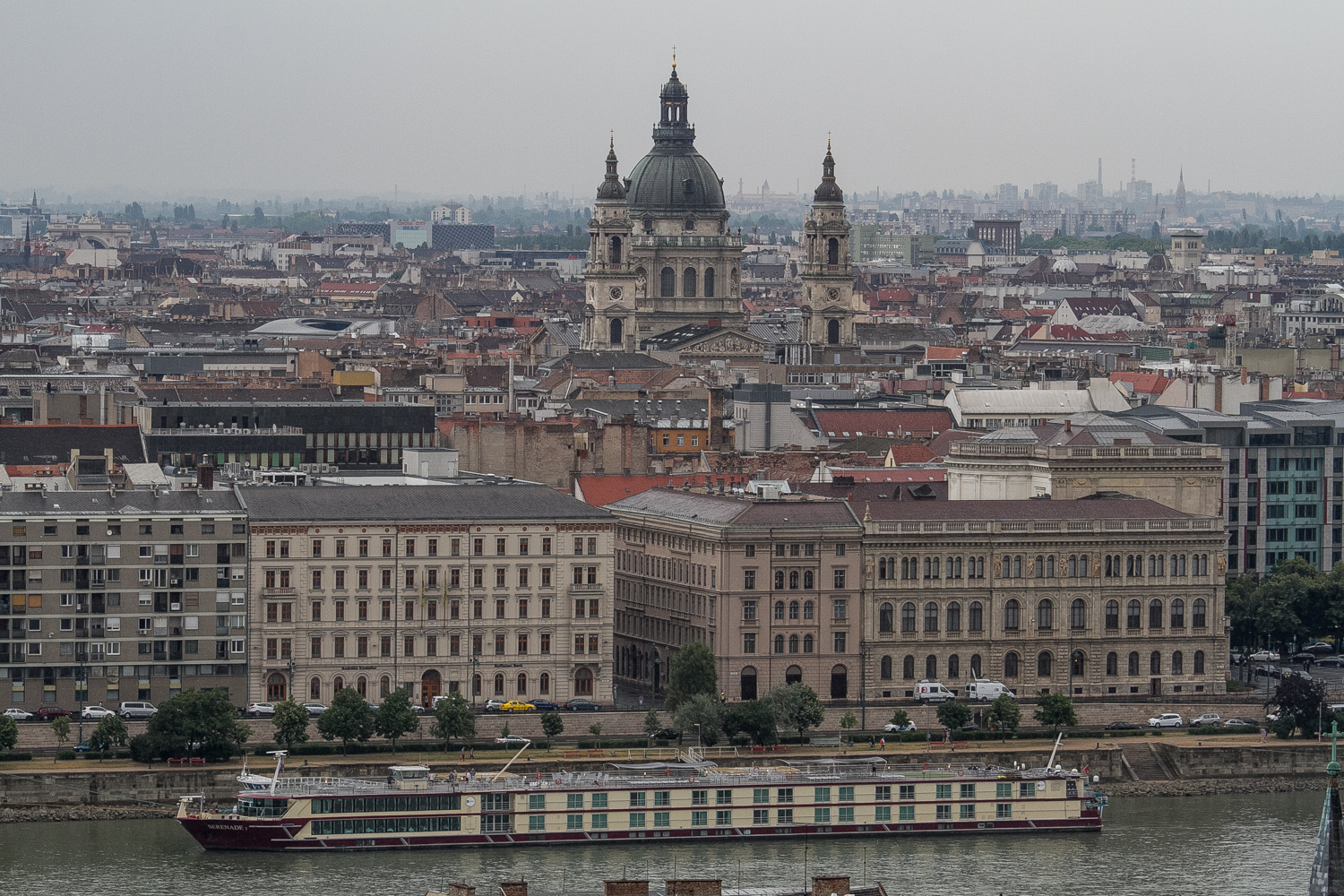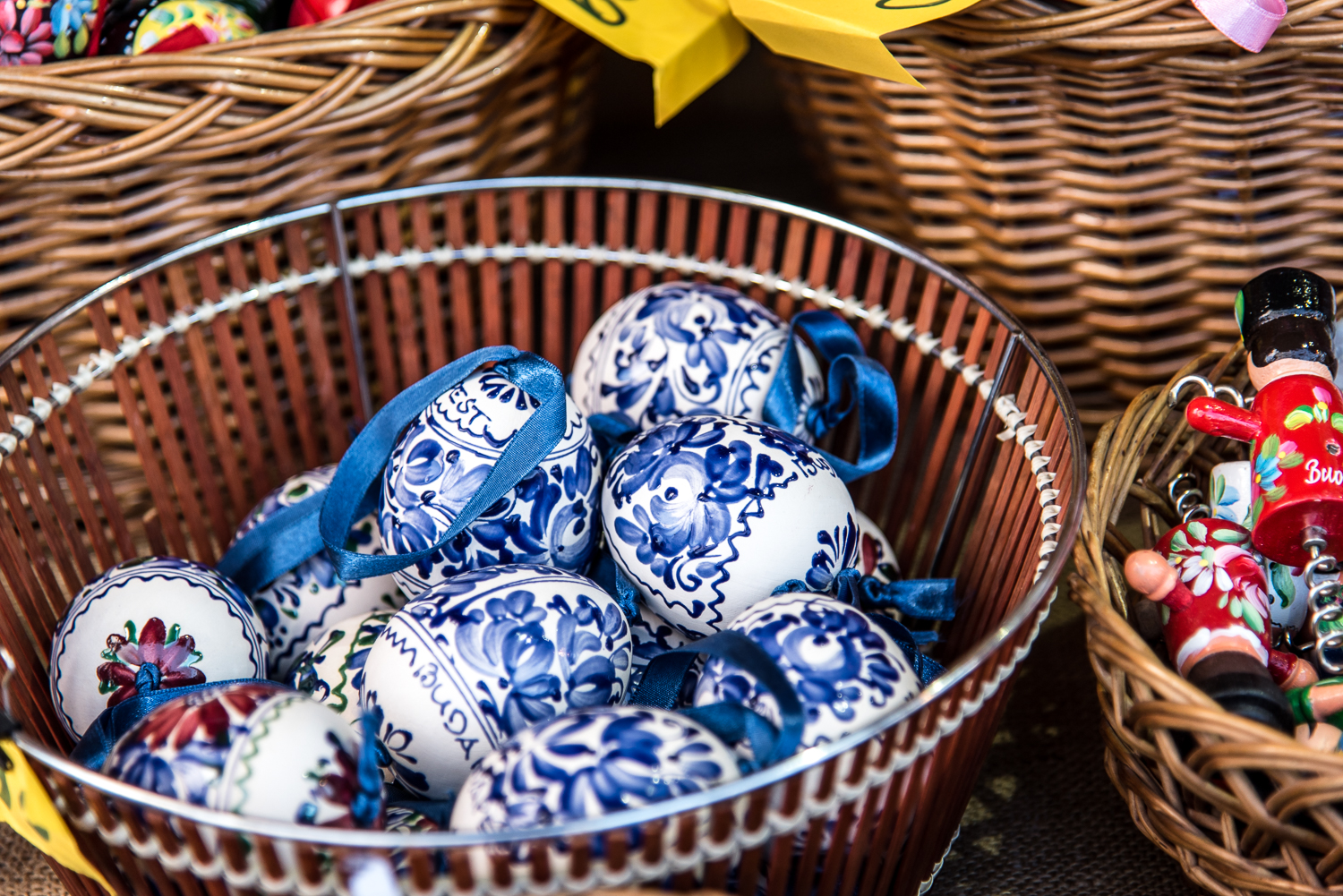Basic information Population: 1.7 million
Language: Hungarian
Size: 525 square kilometres
Currency: Hungarian Forint (HUF or Ft)
Country
code: +36
Budapest area code: 1 To make a landline call in Hungary dial 06 1 XXX-XXXX or mobile dial 06 XX-XXX-XXXX.
Important numbers (note they may not speak English):
Fire – 105 Police – 107 Ambulance – 104 Emergency services – +36 1 318 8212
More information on police assistance and medical assistance.
List of embassies in Hungary for consular services.
Post offices: Find information in English on the postal service in Budapest or there's a Hungarian search for your nearest post office here.
Hungarian address format:
For example in "1065 Budapest, Nagymező utca 32." the two middle numbers in "1065" indicate the district number, so this location is in District VI (6th). The word "utca" means street, while 38 is the house number. Common words in addresses include "tér" which is square, "út" which is road, or "körút" which often refers to either the Grand Boulevard or the smaller ring road.
Public holidays:1 January – New Year’s Day 15 March – Memorial day of the 1848 Hungarian Revolution Easter Sunday and Easter Monday 1 May – Labour Day Pentecost Sunday and Pentecost Monday 20 August – St. Stephen’s Day 23 October – Memorial of the 1956 Hungarian Revolution 1 November – All Saint’s Day 25 - 26 December – Christmas
Weather:
The coldest months from December to February can see the temperatures dip under 0°C. Snow can also fall but the grey wintry days can also be pierced by glorious winter sunshine. In about March/April the warmer spring weather arrives, although there can be plenty of rain in the months leading up to June. The hottest months of the year are July and August, and even in September there can be an “Indian Summer” where hot weather can return after a cold spell. Autumnal leaves make Budapest breathtakingly beautiful from September to November, but fall rain and cold weather are increasingly common as winter gets nearer. Check weather forecasts here.
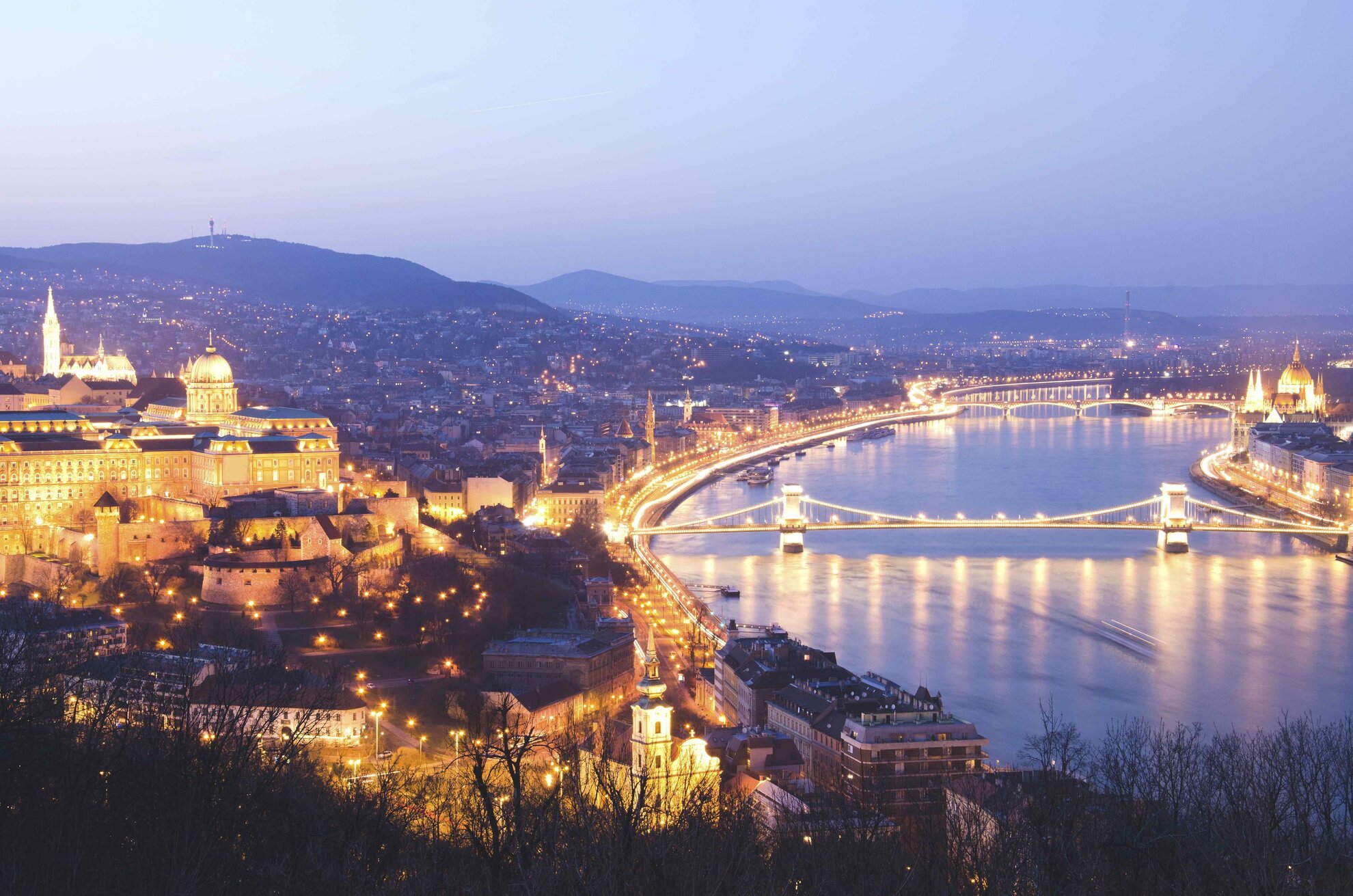
Brief history of BudapestThe first major settlement in the area that's now Budapest was the Roman town of Aquincum - a border province of the Roman Empire from about the 2nd Century AD. After the decline of the Roman Empire many groups would migrate through this area. It wasn't until the late 9th Century that the Hungarians conquered the Carpathian Basin, founding the country officially at the turn of the millennium (1000 or 1001 AD). At this stage (and still for many centuries more) there would be three separate cities here: Buda, Pest and Óbuda and neither was initially the capital of Hungary.
A wall built around Pest in the 12th Century didn't help against the Mongols who pillaged the area in the 13th Century.
After the Mongols left, citizens of Pest and Óbuda were encouraged to move to the Buda Hill where the fortified Buda Castle was built. The area slowly re-established, with Buda made the capital in 1408 (as well as at other times), and under King Matthias Buda became a centre of Renaissance culture in Europe. In the 1500s a century and half of Ottoman rule began when the Turks invaded as part of the expanding Ottoman Empire. The remains of this period include many Turkish baths and we can possibly thank this period for the many kebab shops in Budapest!
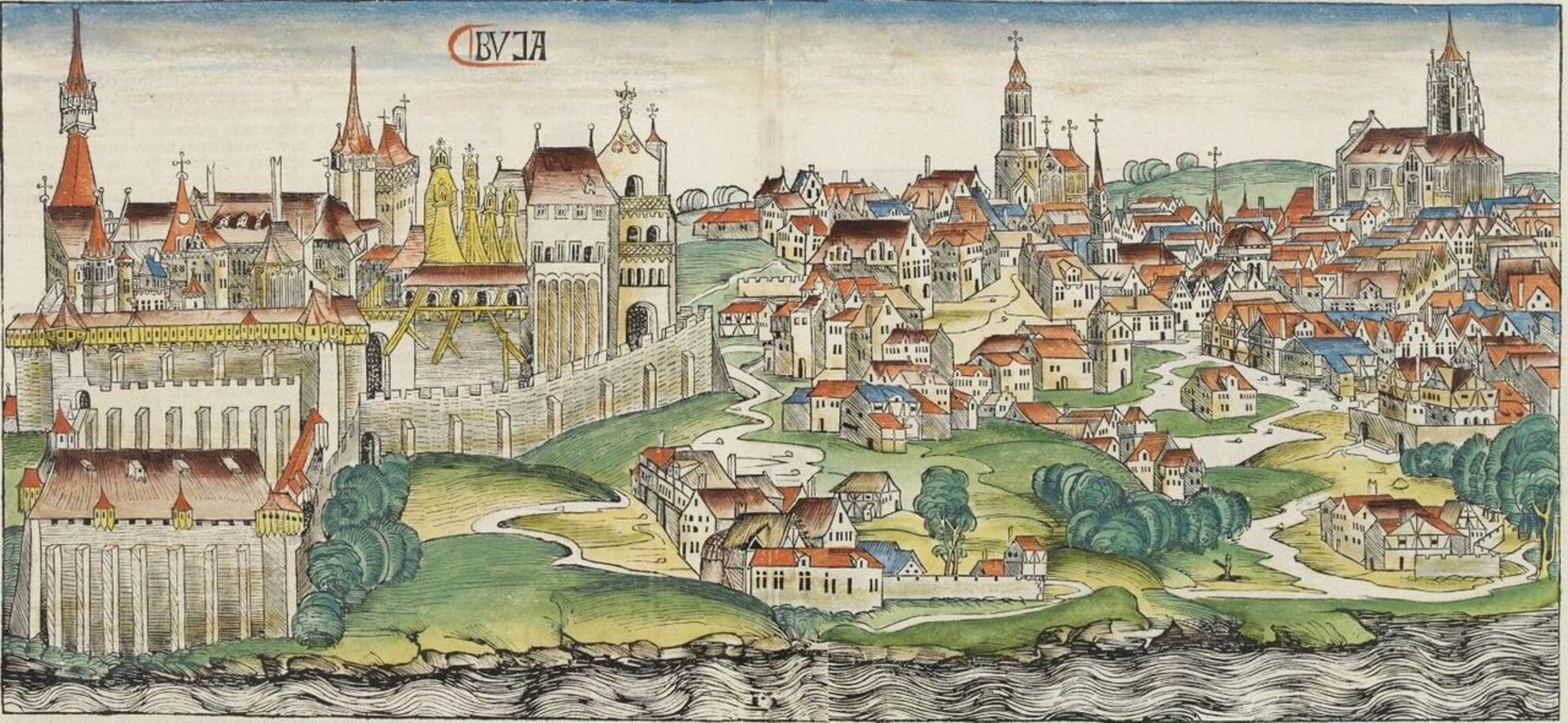
Ottoman rule ended in the late 1600s but instead Hungary came under Habsburg control. A failed revolution against the Habsburg Empire in 1848 led to the creation of the dual monarchy (the Austro-Hungarian Empire) which lasted from 1867 to 1918. The 18th and 19th centuries saw great development and prosperity in the area that is now Budapest. The current style and layout of the city was created in the mid to late 1800s, including the Grand Boulevard and Andrássy Avenue.
The three seperate cities (Buda, Pest and Óbuda) were finally united in 1873 and the newly created Budapest became the second capital of Austro-Hungarian Empire.
Much of Budapest's history is closely aligned the country's history. As such, in the 20th century Budapest was the site of many destructive battles including World War 2 and the 1956 Hungarian Revolution against Soviet occupation. Of course, communism in Hungary also impacted Budapest, but with the fall of the Soviet Union in 1989, free elections were held in 1990. The country entered the European Union in 2004 and in the 25 years since the end of communism Budapest has become a hub for tourism in Europe.How to get to BudapestIt's possible to fly from all over the world to Budapest, or get the train or bus from many other cities in Europe. If driving to Budapest, Hungary is within the Schengen borders so it’s not necessary to show passport or ID cards at most Hungarian borders unless specially requested. Document checks still occur at the Croatian and Romanian borders. Non-European Union citizens should check they have a valid visa for the Schengen Area when visiting Hungary.
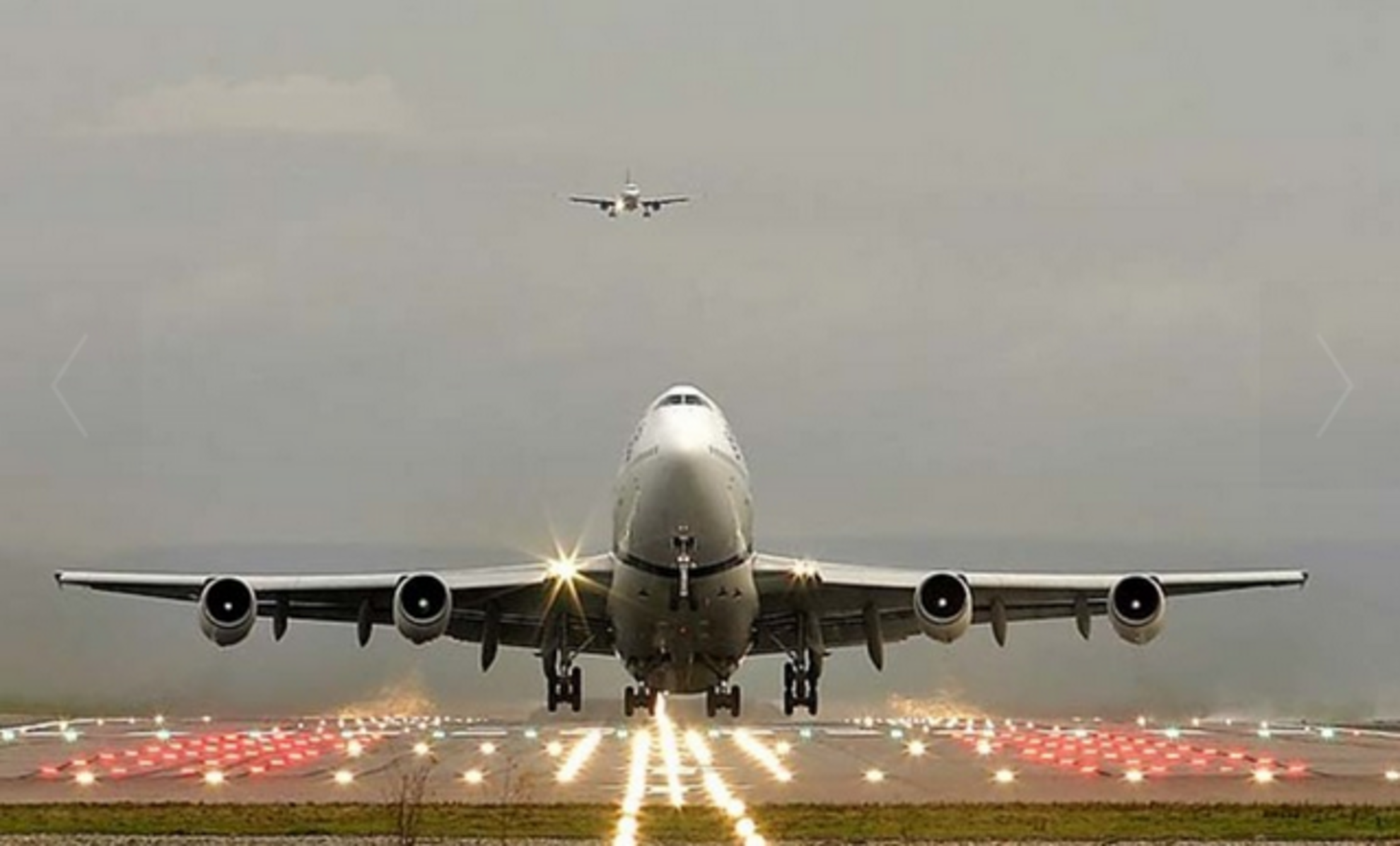
Budapest’s airport is the Franz Liszt International Airport. Find out how to get from the airport to the city-centre here.
International trains arrive at the Déli, Keleti, or Nyugati Railway Stations.
The international bus station is at Népliget Bus Station. These are all in more-or-less central areas and connect to metro stations so other parts of the city are easily accessible when you first arrive.Getting aroundBudapest is relatively easy to get around; the BKK is Budapest's public transport provider. There are 4 metro lines connecting Buda and Pest and easily taking tourists to the main sites. There are also trams, buses and trolley buses. The main tram lines are number 4 and 6 which run along the Grand Boulevard. Use the BKK route planner and read our Budapest public transport explainer for help on navigating the system. There are helpful BKK customer service centres at Deák Ferenc Square, Király Street, Keleti Railway Station and Franz Liszt International Airport among others.
For those who like to cycle, there is a MOL Bubi bike share program with these green bikes available at plenty of locations.
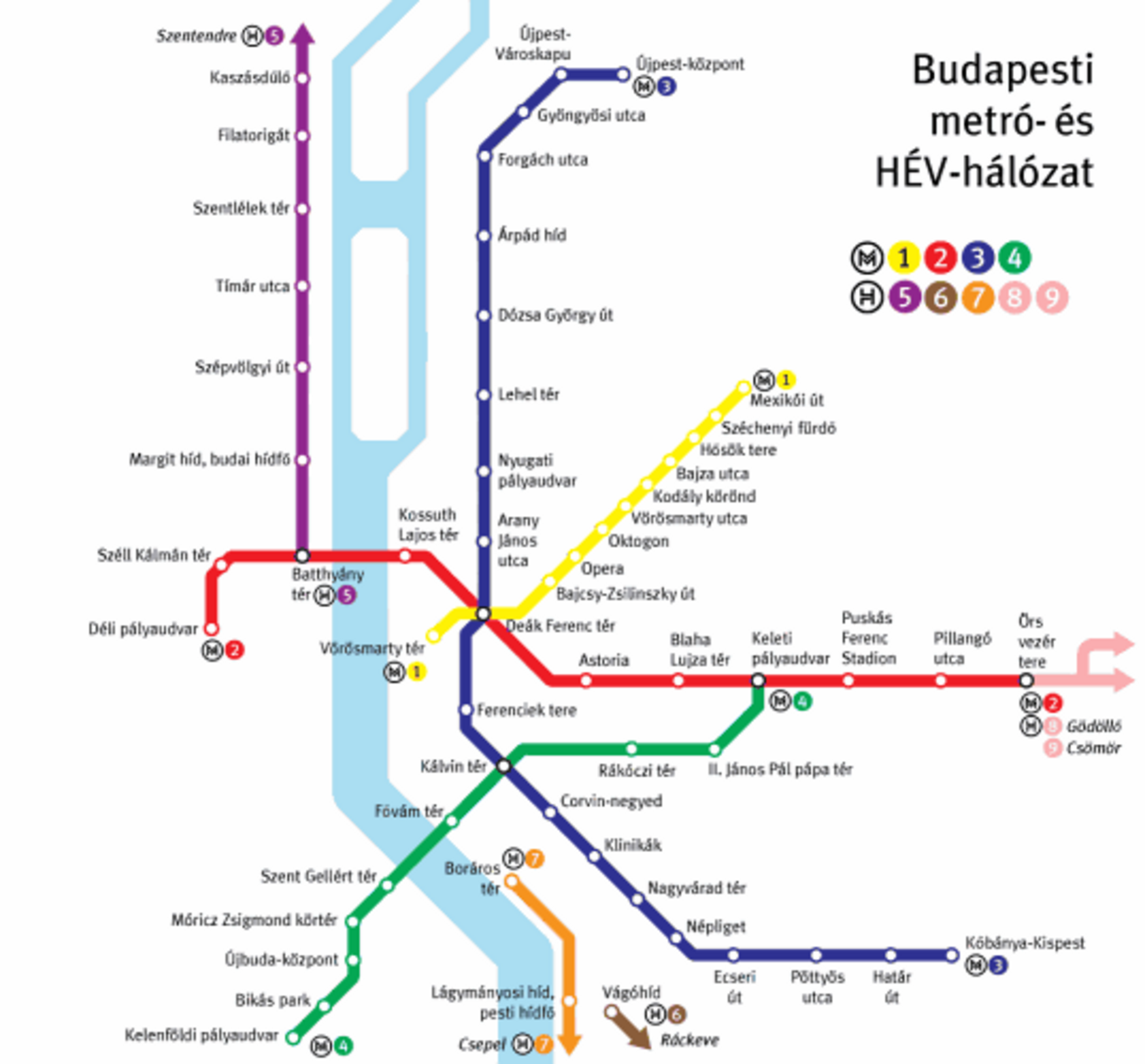
Get orientedThe river that cuts through Budapest is the Danube, it's one of Europe’s longest rivers also passing through nine other countries. Buda is the hilly side with the Buda Castle, Buda Hills and a vast residential area. Pest is the flatter side - home to the party districts, the Parliament, Andrássy Avenue, City Park, St Stephen’s Basilica and many other tourist sights. Eight bridges connect Buda and Pest, including the Liberty Bridge, Elizabeth Bridge, Chain Bridge and Margaret Bridge. In Budapest there are islands in the Danube, which can be visited. The most popular is Margaret Island.
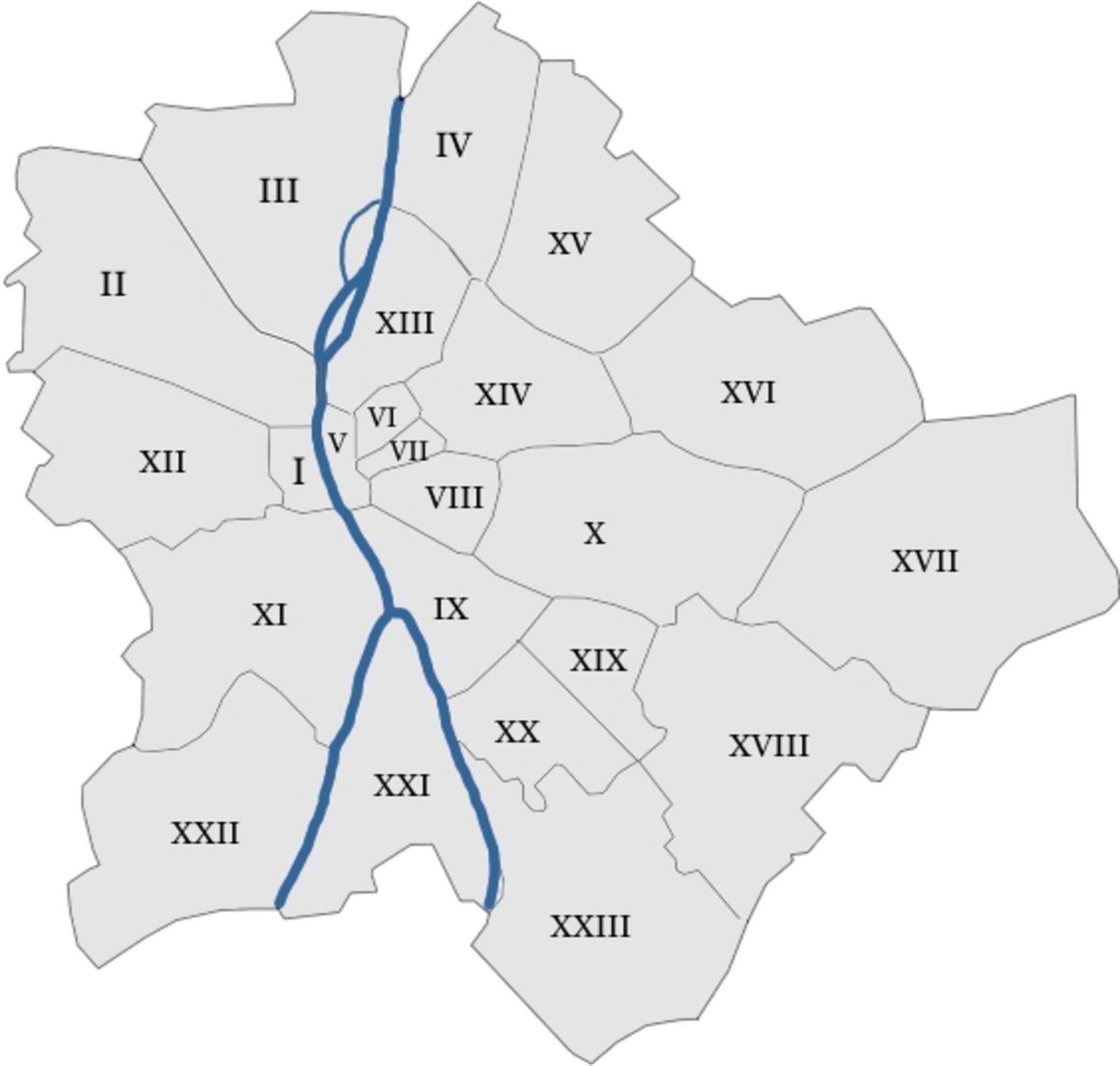
The city is divided into 23 districts, each represented by a Roman Numeral. The most popular districts for tourists are: I (Castle Quarter), V (Parliament, St. Stephen’s Basilica, Váci Street) VI (Andrássy Avenue, City Park), VII (Jewish Quarter, Gozsdu udvar, Kazinczy Street, Király Street), VIII (Palace District) and IX (Ráday Street, Grand Market Hall, Whale Building, Palace of Arts). The XI (Bartok Béla Road, Gellért Hill) and XIII (Pozsonyi Street) districts are also popular.What to see and do in Budapest:We’ve compiled a list of top things to see and do in Budapest as well as the types of Hungarian food you must try. The following articles are also great inspiration:
